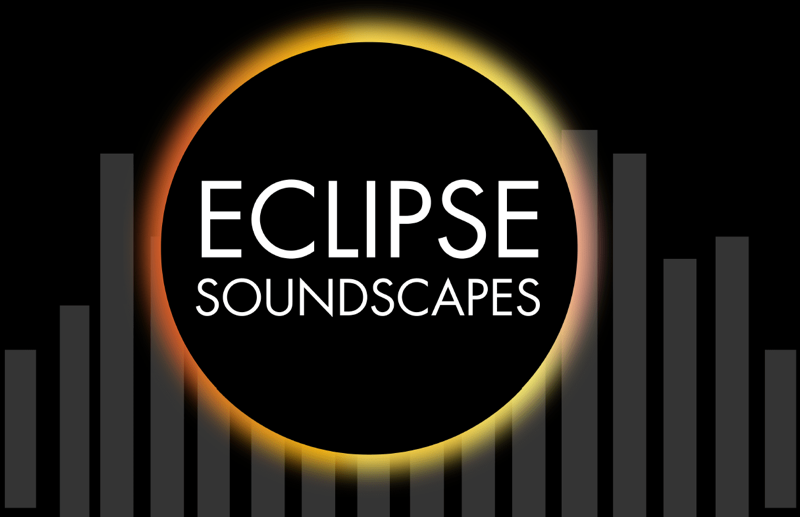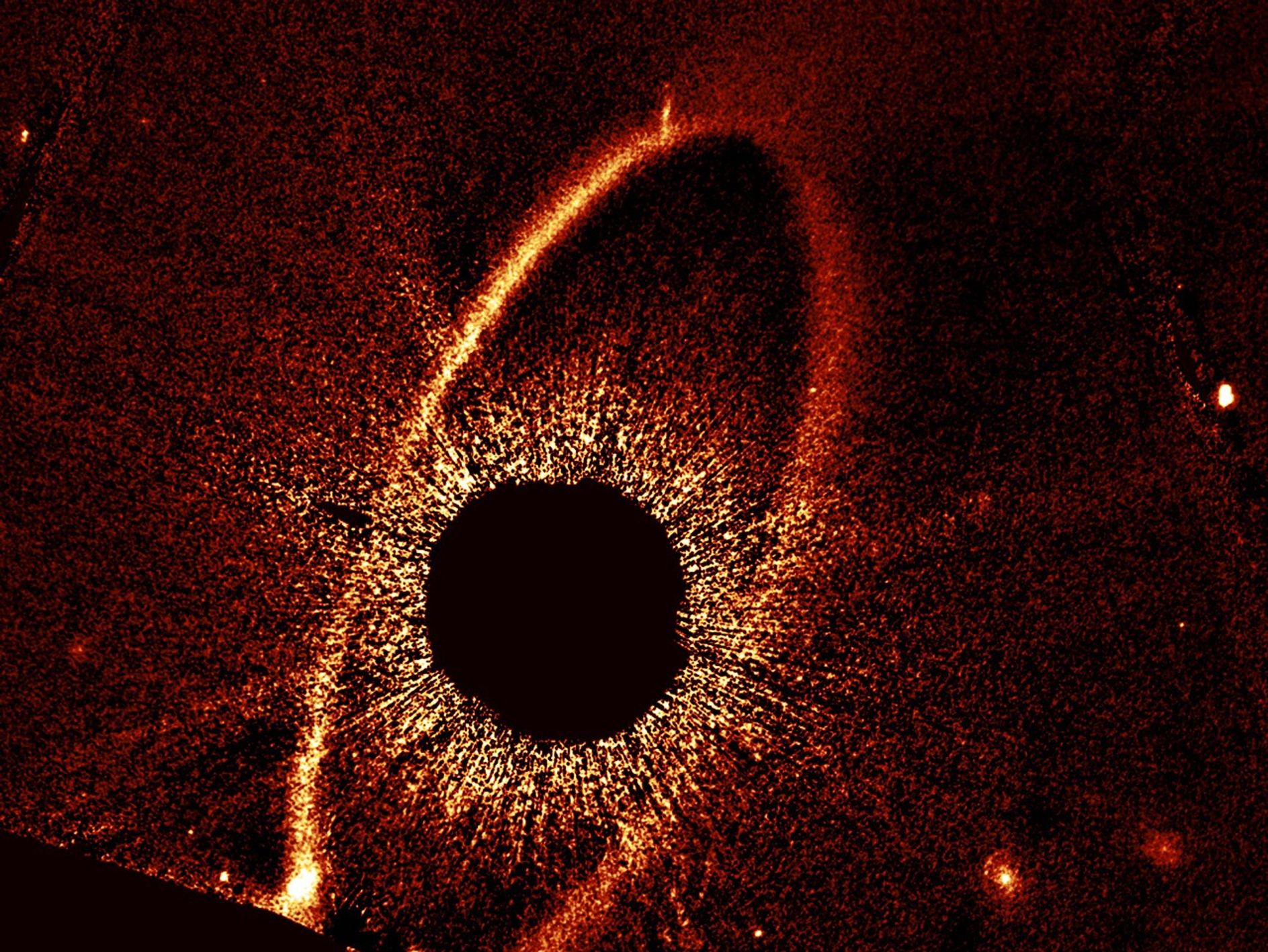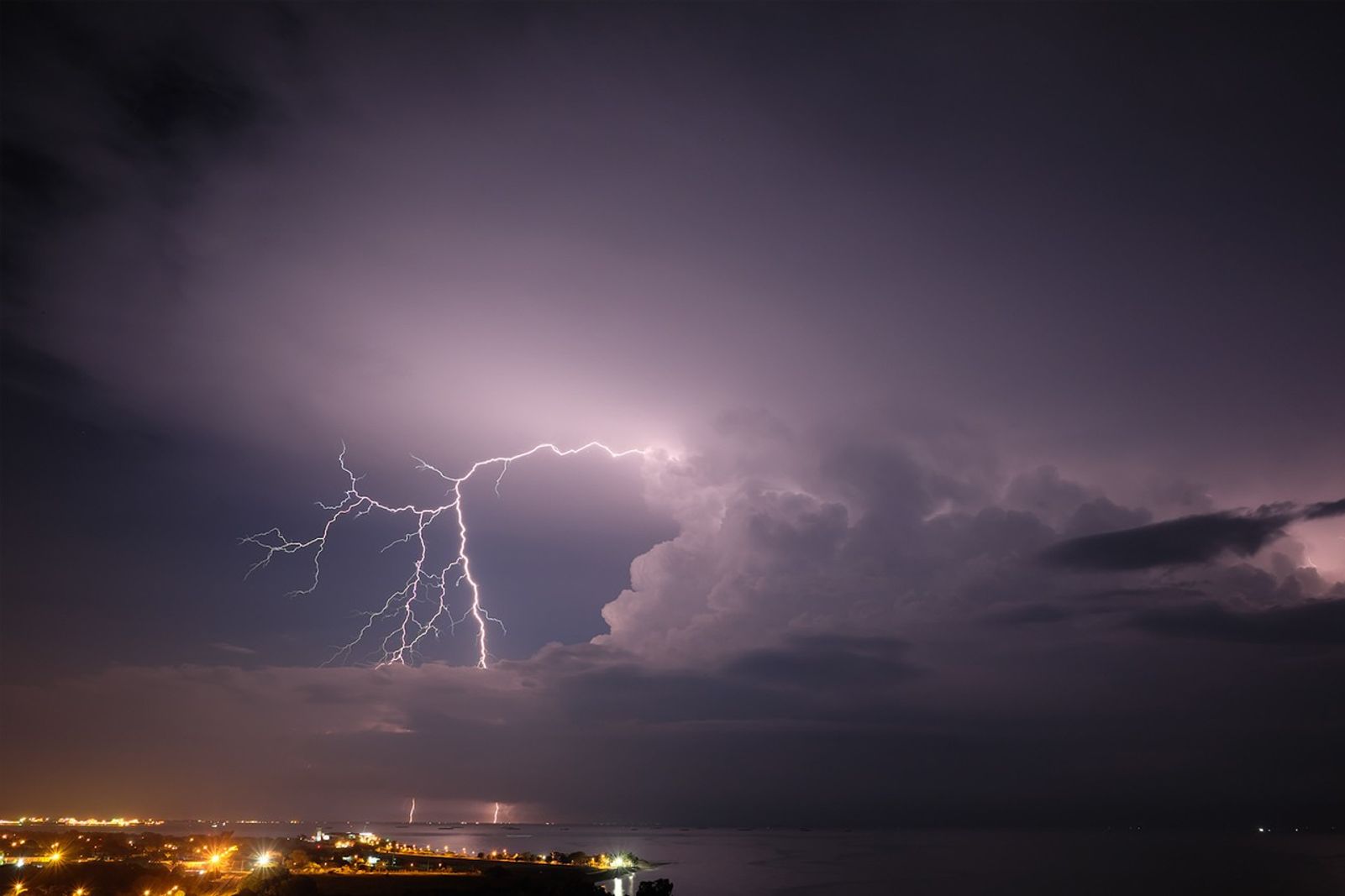This historical content may contain outdated information or references that may not reflect current policy or programs.
Engaging future researchers and leaders with accessibility and inclusion concepts and best practices early in their careers is a key step in broadening participation in Science, Technology, Engineering, Arts and Math (STEAM). In order to get early career physics researchers thinking about how they can include accessibility in their current and future activities, the National Science Foundation’s Fostering Effective Oral Communication Skills for STEM Graduate Students Grant sponsored ARISA Lab to travel to Montana State University (MSU) to speak to physics students and faculty about the Eclipse Soundscapes projects and how accessibility was being intertwined with science.
According to a survey conducted by ARISA Lab at this colloquium and a recent previous University talk on science and accessibility, 94% of respondents, who were primarily students, said that they had no knowledge of accessibility tools they could use in their work and 84% had little to no knowledge on how the 508 legal guidelines for accessibility compliance applies to their work. “That is why it is so important to expose future scientists and educators to accessibility tools and concepts early in their careers.” said Dr. Henry “Trae” Winter, ARISA Lab’s Chief Scientist. “If they see examples of accessible science early in their careers, then adding accessibility components to their future projects will seem like a natural thing to do, rather than something that is unfamiliar.”
The Eclipse Soundscapes: Citizen Science Project (ES:CSP) will introduce accessible opportunities for citizen scientists to participate in real and meaningful scientific research focusing on how eclipses affect life on Earth and is a successor to the Wheeler et. al (1935) study that asked the public to document animal reactions to a 1932 total eclipse. While ES:CSP will focus on observing the reactions of insect species to the eclipse, ARISA Lab’s Chief Scientist and event speaker Dr. Henry “Trae” Winter discussed ES:CSP and the accessibility best practices and tools being used to ensure the inclusion of more people in the project. He also demonstrated how their accessible data analysis tools that use visual, audio, and metadata elements to increase accessibility can be applied to other sound data in future studies. A primary focus of the talk was on the importance and benefits of thinking about ways to build accessibility into science projects at the beginning of the design process and to test it iteratively throughout the process, rather than trying to add accessibility later.
“That is why it is so important to expose future scientists and educators to accessibility tools and concepts early in their careers,” said Dr. Henry “Trae” Winter, ARISA Lab’s Chief Scientist. “If they see examples of accessible science early in their careers, then adding accessibility components to their future projects will seem like a natural thing to do, rather than something that is unfamiliar or insurmountable.”
"I really enjoyed the talk. It has me thinking about how I can better design my astronomy 110 course using the principles of universal design for learning." said Dr. Shannon Willoughby, Associate Professor of Physics at MSU and PI of the STEM Storytellers Fellowship program. "Specifically, I love the idea of having rich descriptions of information using language that is common in communities with low levels of vision."
You can learn more about the Eclipse Soundscapes: Citizen Science Project, the Eclipse Soundscapes bilingual mobile app, and other projects under the Eclipse Soundscapes banner at EclipseSoundscapes.org and by following on Facebook @EclipseSoundscapes, Twitter @EclipseSoundUDL, and Instagram @EclipseSoundscapes. The Eclipse Soundscapes: Citizen Science Project is part the NASA’s Science Mission Directorate Science Activation program and is sponsored in part by NASA Cooperative Agreement #80NSSC21M0008
Link to Bison audio spectrogram https://youtu.be/HeoINbGHDlA


































